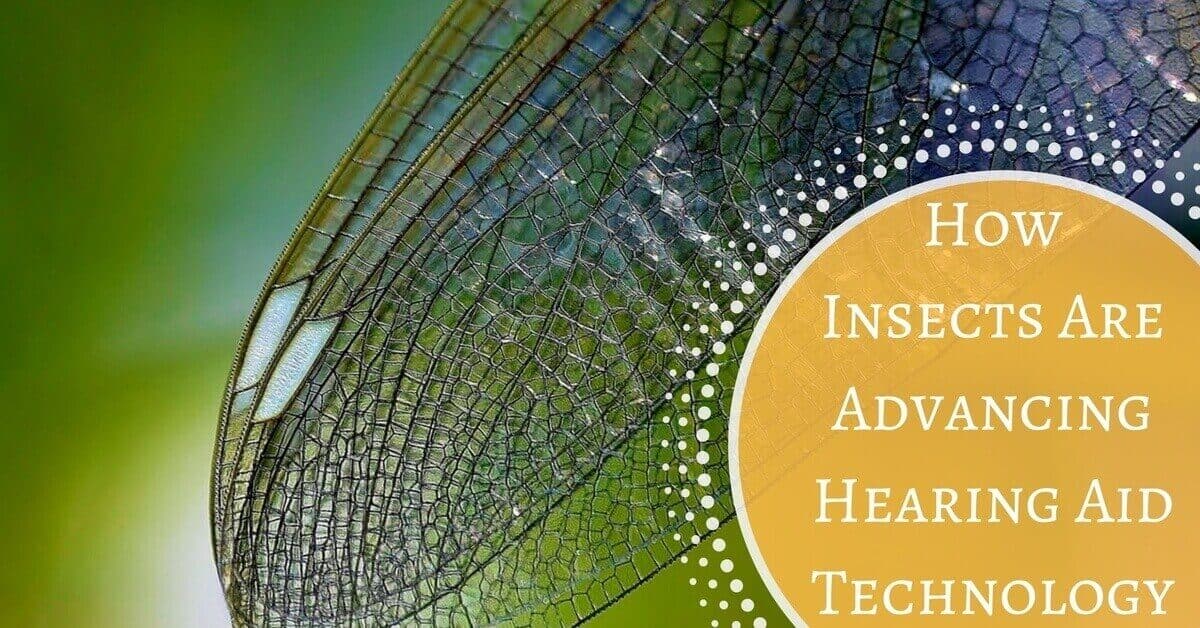How Insects are Helping Researchers Understand Hearing Differently
Mammals and humans all “hear,” but how each species hears varies differently. We can hear a certain range of frequencies while cats and dogs can hear sounds indiscernible to humans. Despite the visible lack of ears, insects can also hear sounds. They way they receive sounds is very different from humans but this may also help researchers find new ways to create better hearing technology!
Hearing Process in Humans
For human beings, our outer ears receive sounds in our outer ear, which then move through our eardrums and are transferred to the tiny hairs or stereocilia that moves the three middle ear bones (hammer, anvil and stirrup), which is then turned into sound waves through the cochlea and then the brain interprets the sounds. This sounds like a complicated process we hardly notice it because of how fast our ears and brain can translate sounds. But when any of these mechanisms are damaged, hearing is impeded and often people are left with irreversible hearing loss.
Treating Hearing Loss with Hearing Aids
Technology today has come a long way. New hearing aids are able to give back someone’s hearing, provide new features, and keep people connected with their friends and loved ones. In some cases, hearing aids can perform better than normal hearing in certain, noisy situations.
Today’s technology is rooted in science’s understanding of our ability to pick up sound waves and translate them. But perhaps there is more to be learned from other animals that also have much to offer with how they pick up and perceive sound waves. Right now, researchers are looking to the insect world, which seems to be an unlikely place to look, but the discoveries could revolutionize the future of hearing aids and audiology with how hearing loss and hearing health can be treated.
What Insects have to Offer
The University of Bristol and the University of Strathclyde in the UK have researchers dedicated to studying how insects process and create sound. The hope is that the knowledge collected from the research can be applied to technological developments of speakers and directional microphones.
Although they have no visible outer ears, insects can hear a lot! Possessing tiny ear-like organs complete with eardrums. Some insect species have hearing organs everywhere on their bodies and sometimes they have receptor cells that are sensitive to the slightest vibrations. By studying how these insects pick up sound, perhaps researchers may be inspired to create better sound products that can more accurately process directional sounds as well as develop new hearing aid devices.
Why Frequencies Matter
Despite their size, insect sensitivity to sound waves is unprecedented. They can hear a huge range of sound frequencies that runs laps around human hearing multiple times. Unlike us, who can stop hearing sounds higher than 15 to 20 kilohertz, insects can hear frequencies up to 150 kilohertz. They can distinguish and filter sounds from far away and separate vibrations by location. Insect hearing structure are actually quite simple but their differences allow them to have the ability to capture and amplify sounds in a far more efficient way than humans can. Their eardrum membranes vary in thickness allowing for insect to filter and have very specific sound amplification.
Because of these discoveries, researchers are working to replicate these structures in order to use these different processes to advance hearing technology. This means that there is crossover from biology, medicine and engineering to work with nanotechnology. This opens whole new door of innovation to help us create more natural quality sound amplification for those with hearing loss. Its amazing to see how such small creatures can offer so much!
You don’t have to live with untreated hearing loss. Contact us at one of our My Hearing Centers locations today!
My Hearing Centers
Let our friendly team help you take that first step towards better hearing. Reach out to us today!
(888) 230-0875


